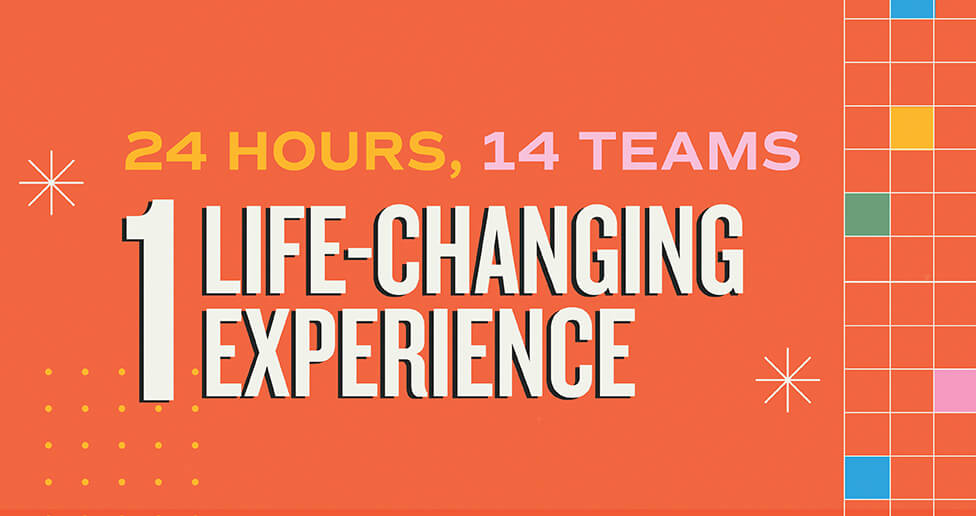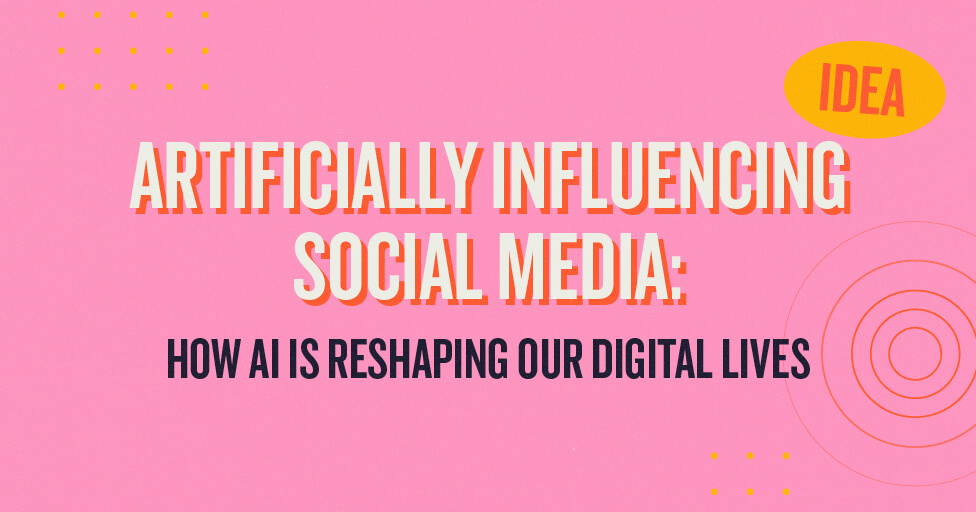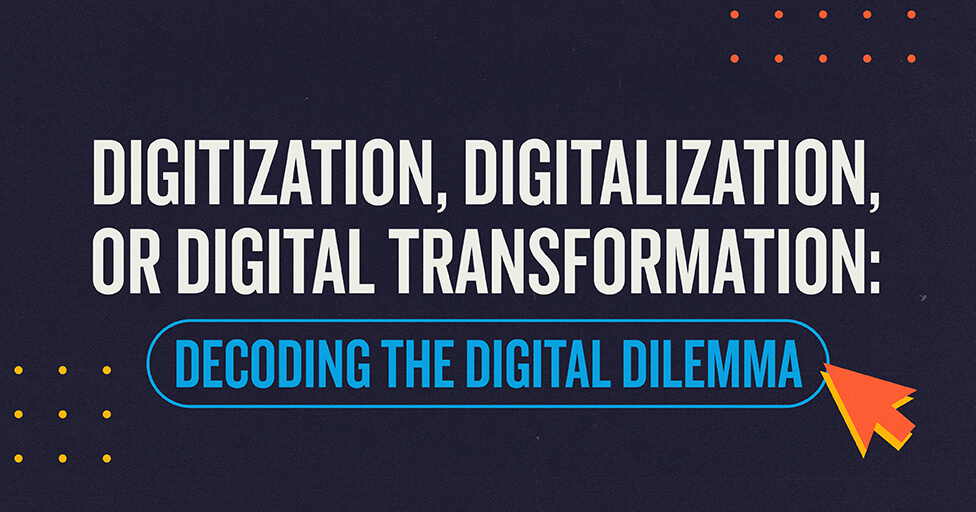
It’s no secret that the topic of “marketing to millennials” will be a discussion point of many consumer packaged goods (CPG) planning meetings in the coming months as goals and strategies for 2017 begin to be solidified. And for good reason – the 80 million millennials in America alone are forecasted to spend $65 million on CPG products over the next decade and have officially surpassed their boomer parents as the largest generation in the US.
So how do CPG marketing teams harness the buying power of an entire generation and ensure that their brands are relevant, authentic and won’t be traded out for private label options? To tap into millennial market share, the millennial mindset must first be understood – from media and shopping habits to the trends and beliefs that shape how they approach life, how they navigate the aisles (or URLs) and how they choose which brands they buy. Below are three tangible ways CPG companies can engage with the coveted generation of young adults tagged as “millennials” on marketing plans across the US.
He Said, She Said (Consumer Reviews)
Successful CPG companies have always attempted to encourage positive word of mouth surrounding their products – to create brand ambassadors and get shoppers to rave about how how fantastic this or that product is. But in today’s digital era, a shift from physical word of mouth to online proliferation has occurred. And the ever-connected and mobile-savvy millennials are driving this trend, because they turn to the internet for answers and advice on what they will buy.
As much as marketers attempt to shape and create the brand image in the mind of a millennial, it is what others are saying about the brand that makes the impact. Millennials trust what others say about brands more than anything else – especially over what marketers are telling them through any form of advertising.
Nearly 80% of millennials agree that reviews influence their purchasing decisions. In fact, half of millennial buyers say they are likely to rank reviews as having the number one impact on deciding where to make a purchase. And the top source for shopping online – Amazon.com – has also transformed into the most popular online destination for millennial consumers in the research stage (eMarketer, 2016).
Maintaining positive online reviews is key, and both managing and fueling these reviews must be a focus for CPG companies to succeed with millennials. The foundation for making this happen is having a product, experience and brand worth talking about. But beyond making and selling great products, there are ways to supplement and “control” what’s being said about a CPG brand online.
Blogger programs – formed through more traditional PR efforts or with paid programs – are one way to rapidly increase the volume and sentiment of what’s being said about products online. It’s also important to look beyond the blog and encourage these influencer reviews to occur through social channels as well. Note that legally, bloggers must always disclose the relationship they have with a brand. Amazon Vine is another option to impact the top source for online reviews. Vine is an internal service of Amazon.com that was launched in 2007. It allows companies to pay a fee to receive reviews for their products on Amazon – and reviews help push shoppers over the edge to purchase.
In a world where consumers fuel much of the conversation around CPG brands, emphasis must be placed on both monitoring and contributing to this digital dialogue.
The Price is Right (Deals drive trial and purchase)
Millennials operate in a world where traditional advertising tactics may not be as effective in reaching this elusive generation. Nearly a fifth of young adults are cutting their cable cords. And according to a recent study, millennials are the most likely generation to install an ad blocker (eMarketer, 2016).
One traditional method of advertising that has not lost traction with this audience is the coupon. Nearly 9 in 10 millennials use coupons, according to a report by Valassis. While millennials use print coupons at a similar rate to the rest of the population, it’s alternative methods of access driving these deal hunters to go digital. Millennial shoppers are far more likely to use paperless discounts on phone or loyalty card (48% more likely than their boomer parents). And nearly two-thirds (63%) of millennial internet users searched social networks for coupons in Q3 2015, whereas just 17% of baby boomers did (eMarketer, 2015).
Millennials love a deal and will download a coupon wherever they are – even from the aisles of the store. And they are more likely to increase their usage of coupons than other generations. For CPG companies, this creates an opportunity to leverage coupons –through traditional outlets, digital tactics or load to card options – to drive trial or purchase. But one time trial and deep discounting is not the long-term solution. While a coupon successfully drives trial and household penetration, a plan must be in place to build a long-term connection that lives beyond an introduction achieved through the delight of a deal.
Targeting Millennials is Not the Solution (Segmentation)
Millennials are selfie-snapping smartphone addicts that only interact with others via social media, right? There is a lot of generalized info about millennials – and to fall into building marketing plans around these stereotypes is dangerous.
Research tells us that there are some commonalities and trends that hold true among the millennial population. And yes, it’s important to understand and account for those millennial trends. However, “targeting millennials” is not the answer. CPG companies must think beyond the age and segment the audience around other factors, such as life stage and usage occasion. A millennial starting his first job and a millennial new dad might only have age in common, which is why it’s important to dig deeper in order to know why audiences are shopping for a particular product and what they value in life and about the brand.
Looking to know more about the impact millennials will make on your brand in 2017? Give us a shout, and let’s start a conversation about how your brand can tap into the buying power of the millennial generation.
Subscribe to our newsletter
Get our insights and perspectives delivered to your inbox.


